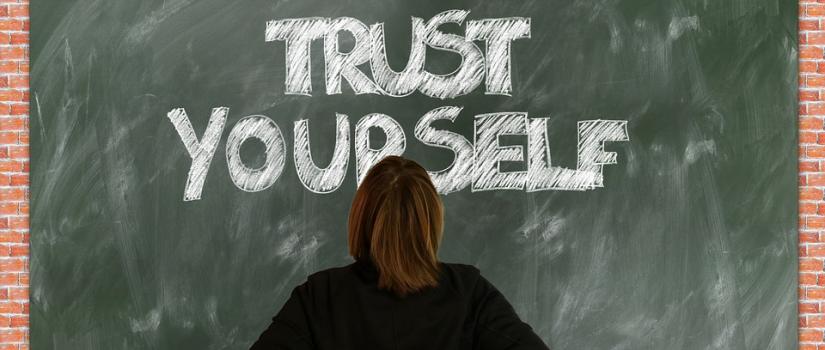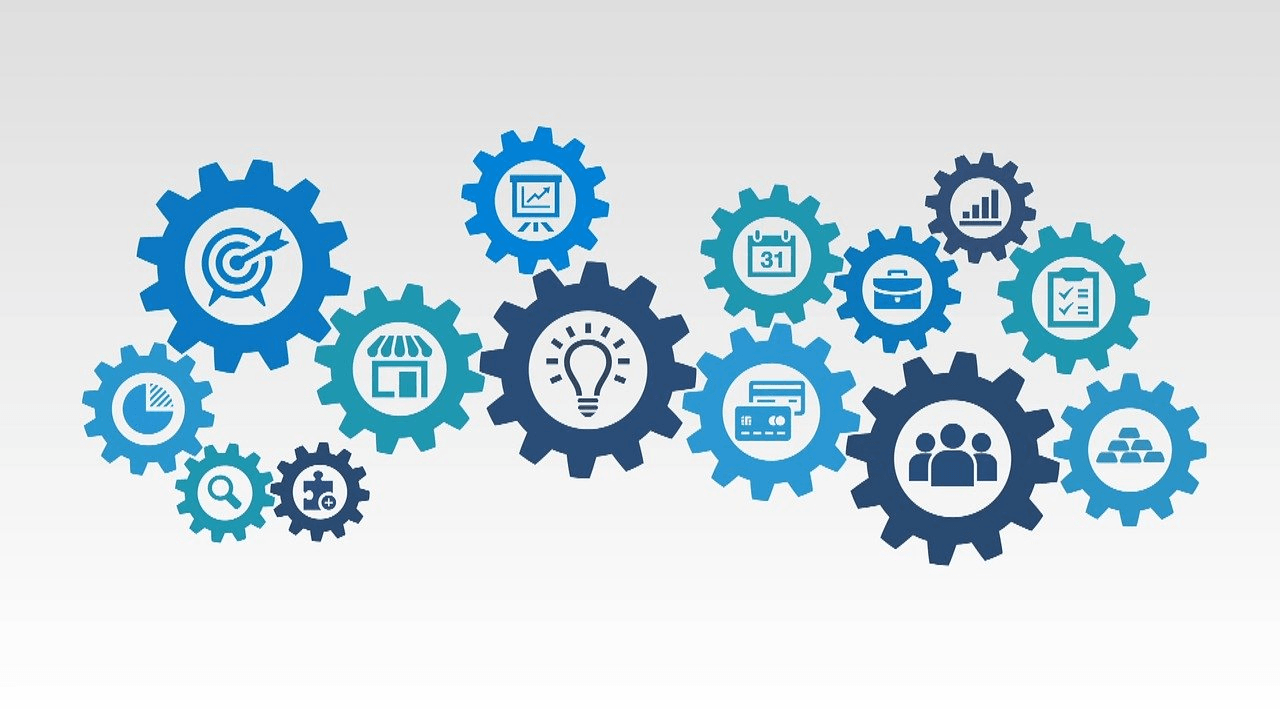The Road to a Better Culture Starts with your Leaders
So, you’ve decided that now is the time to get proactive about your workplace culture. Excellent call! The changes and resulting breaking of norms we have seen in our organisations due to Covid have ironically made a re-set of our new workplace cultures moving forward an easier prospect! However, there is a critical step you’ll need to take first, if you want all your good work to pay off.
Culture cannot be developed, grown or improved by leaders that are not ready for it or properly aligned. When we work with clients, we don’t even start talking culture until the leaders are in a fit state to step up to the plate. Why? Because ultimately, it’s your leaders that will lead the charge on bringing to life any culture initiative you come up with. It’s your leaders that will guide your people toward your goal of culture excellence. It’s your leaders that will stay the course, month after month, year after year. And it’s your leaders that will deal with any behaviours from your people that contradict the culture you’re attempting to build.
You can think of your leadership as the foundation upon which culture is built. A leaky, unstable foundation is like a sieve. All the good work you do above the sieve will flow straight through and leave you with roughly the same culture you started with. My own anecdotal evidence from years of working in, and with organisations around workplace culture indicates this is one of the key reasons so many struggle to make positive, long lasting changes to their culture.
How do you get your leadership in a fit state for culture development?
1. Include ALL leaders
Aligned leadership across your organisation calls for every single person that has responsibility for another, to be included in your efforts. Often organisations will focus leadership development on the top few tiers of leadership, but this misses the critical mass – that level of leadership that have the most direct influence over the people doing the work at the coal face of your organisation. For this reason, we are strong advocates of leadership capability development including all people leaders as a starting point. There also may be other individuals within your organisation worth including, such as senior team members who do not manage staff but still hold influential leadership roles, and those that hold informal roles of influence – i.e. those individuals others naturally respect and listen to, even though they may not hold a formal leadership role. Informal leaders are often some of the most powerful when it comes to bringing your people on board.
2. Think alignment, not individual development
Achieving the right foundation of leadership capability for workplace culture growth is not about assessing and developing individual leaders. While obviously important, that’s a whole different exercise. This work is about creating shared language and leadership approach ACROSS your organisation. Look to create or bring in a programme that ensures every leader has the same experience and covers the same material. It’s also imperative that leaders walk away from this programme with a clear understanding of the critical role they play in development of workplace culture, and the motivation and drive to take it seriously.
3. Get the order right
Always start this work at the top. While every leader holds a level of responsibility for workplace culture, the buck stops with your CEO and top team. This team, more than any other, must be in a ready state for the culture work to come. Because of this, we’ll often complete more extensive work here before rolling leadership capability development into lower levels of leadership. Your top team must be the owners of culture development, and this means they must become the ultimate role models of the culture you hope to create. “One rule for us and one rule for them” will not cut it in the development of any healthy culture. It’s important that all your other leaders see the top team attending the same programme of learning as they do. It also means that the individuals in this team can become advocates for the programme and support their leader direct reports to get the most from the programme as it rolls down.
At lower levels of leadership, look for opportunities to bring leaders together from disparate parts of the organisation into the same programme. It’s amazing how effectively this can start to break down silos, when leaders gain a new understanding of the challenges other leaders face and how similar those challenges often are. Encouraging these ‘leader cohorts’ to form their own support networks for helping each other through their various leadership challenges can be very beneficial on a number of levels, especially as you prepare to embark on a programme of workplace culture development which will throw up all sorts of interesting issues and challenges for your leaders to navigate.
Once you have developed a strong foundation of aligned leadership capability across your organisation, you can genuinely be confident in your ability to influence and build a healthier culture, safe in the knowledge that the work you put in will be carried forward and brought home by your uber-capable and ready leaders.
If you’d like to have a chat about leadership capability development at your place, give us a call. It’s one of our favourite subjects!
Marie Johnston










